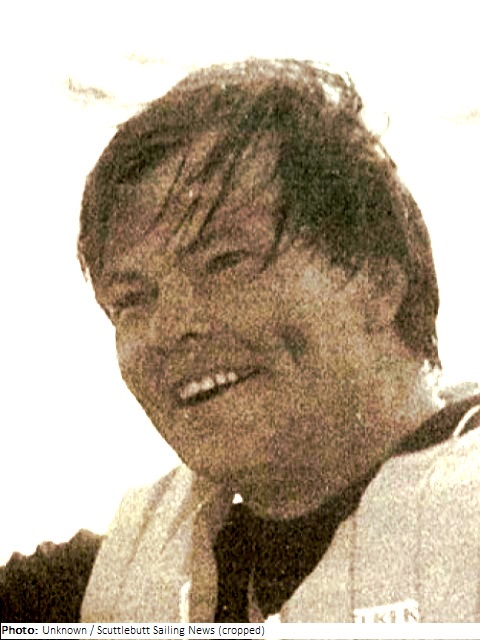Ian Bruce

Biographical information
| Roles | Competed in Olympic Games |
|---|---|
| Sex | Male |
| Full name | Ian Boyack•Bruce |
| Used name | Ian•Bruce |
| Born | 7 June 1933 in Kingston, Kingston (JAM) |
| Died | 21 March 2016 in Hamilton, Ontario (CAN) |
| Measurements | 182 cm / 82 kg |
| Affiliations | Royal St. Lawrence YC, Dorval (CAN) |
| NOC |  Canada Canada |
Biography
Ian Bruce was a well-known Canadian designer, boat builder and championship sailor. A two-time Olympian, Bruce was born in Kingston, Jamaica, before moving to Nassau, Bahamas with his family after the Second World War. He attended boarding school at Trinity College in Port Hope, Ontario, Canada, and from there he moved to Montreal, Quebec, Canada to study engineering at McGill University.
A fluke request from a friend to fill in for a sick sailing crew was Bruce’s first introduction to the sport on the assumption that he “could” actually sail because he was from the islands. He did not know how to sail, but fell in love after his first experience, which would become the focus of his life’s work.
Bruce was best known for changing the face of the sailing world in 1970, when he invented, along with Bruce Kirby (with sails cut by Hans Fogh), the Laser sailing dinghy - one of the world’s most popular sailboats which was simple, low-cost but had high-performance qualities. An industrial engineer by trade who owned a small business manufacturing high-end sailboats, Bruce was soon recognized as the “Father of the Laser”, as it was produced for the mass market yet was still fast enough to race at the international level. The Laser entered the commercial market in 1971 and was introduced to the Olympic programme in 1996.
Bruce had engineered a boat, rig, and manufacturing process that have essentially remained unchanged to this day. He even controlled the rules around the laser’s design - a shrewd business move that allowed his company to be the boat’s only manufacturer. At its peak, Bruce’s company (Montreal-based Performance Sailcraft) was producing 18,000 boats per year in nine plants around the world.
Bruce spent his career in the boat building industry as he either designed or assisted in the design, developed and built all the following International or recognized classes: Finn, Fourteen, Contender, Laser, Optimist, Fireball, 470, Laser II, Tasar, Laser Radial, Byte and 29er. His own latest design, the Byte, is the male and female singlehander that was used in the 2010 Youth Olympic Games in Singapore.
Along with representing Canada at two Olympic Games (finishing 7th in 1960, 12th in 1972), Bruce, a 63-year member of the Royal St. Lawrence Yacht Club in Montreal, twice won the prestigious Prince of Wales Trophy, which is essentially the world championships in International Fourteens.
In 2009, Bruce was bestowed the “Order of Canada”, the country’s highest honour in recognition of his service to sailing, both in Canada and internationally, and in particular for his involvement in the design and development of high-performance boats for young sailors.
Results
| Games | Discipline (Sport) / Event | NOC / Team | Pos | Medal | As | |
|---|---|---|---|---|---|---|
| 1960 Summer Olympics | Sailing |  CAN CAN |
Ian Bruce | |||
| One Person Dinghy, Open (Olympic) | 7 | |||||
| 1972 Summer Olympics | Sailing |  CAN CAN |
Ian Bruce | |||
| Two Person Keelboat, Open (Olympic) | Peter Bjorn | 12 |